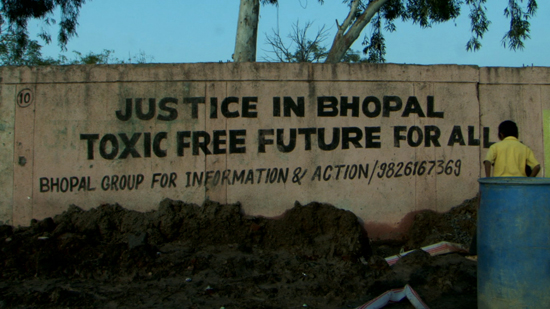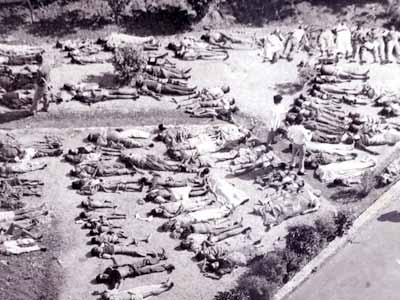I was extremely impressed by the Coordinated Arts Program’s conference yesterday. We were very lucky to be able to hear such passionate presentations and discussions from so many different backgrounds and perspectives (of which we would have never been aware of outside of our stream).
I would like to bring into discussion a lecture conducted by Paul Andre Narvestad, from the PPE stream, called “The Faceless Drone: The Alienation of Soldiers in War by the Use of Unmanned Aerial Vehicles.” Paul talked about the recent rapid development of military technology and its impact on the moral behaviors of soldiers. His main point was that there is a significant discrepancy between the action of being on the ground and engaging in shooting, bombing, etc. and sitting behind a computer, clicking a button to destroy something on the other side of the world. Evidently, the latter action changes the game of war entirely.
Thinking about drones from an ASTU perspective, I suggest that not only is there a moral discrepancy that has grown out of this development, but there is also a gap between the technological abilities and consequences of Westerners and their “eastern” enemies. I’d like to focus particularly on the War on Terror, because most of the drone strikes are currently being carried out in high terrorism areas such as Pakistan. I would argue that drones are negatively contributing to war as a vague and intangible concept: from a Western audience in media consumption of the War on Terror, still continuing after more than a decade, a sense of nationalist pride encourages the cold-blooded destruction of our “enemies.” However, we are fighting an unequal battle: modernization is occurring at different rates between the Global North and South, and drones are an extreme example of how the West (particularly the United States) tends to obliterate the humanness of less developed nations.
In this way, I want to contribute to Paul’s discussion by saying that perhaps the larger moral scope should include not just the actions of soldiers behind desktop computers, but by also addressing that Western war tactics have reached a level at which we can never turn back. How can we justify fighting armies which don’t even have the same technological abilities as us (or even the same military budget to accomplish this kind of development)? The issue nauseatingly redefines the sphere of crimes against humanity. Killing as an unethical action is one thing, but drones still don’t have the accuracy to minimize the killings to strictly perceived terrorists: the range of these robots are both inaccurate and expansive enough to obliterate any citizens in close vicinity. Essentially, we’re annihilating entire families and communities with the click of a button (or an algorithm, as Paul brought up). Addressing culpability opens a whole other can of worms, so for now I want to put forward the recurrent ego problem that the West has, and that tactical dominance changes the game of war to one that furthers nationalism of the hegemonic, and encourages the facelessness of the ill-equipped.


 Exit/Exito visually leaves no gray space to consider. On a deeper level, it contemplates the associations of Cuban identity amidst oppression. Exit, meaning to leave, and Exito, the Spanish word for success, equally scrutinize the hardship of Cubans who wish to escape Communism and who expect greater prospects by assimilating to Westernization but who are faced with strict political radicalism. Human rights in Cuba are a
Exit/Exito visually leaves no gray space to consider. On a deeper level, it contemplates the associations of Cuban identity amidst oppression. Exit, meaning to leave, and Exito, the Spanish word for success, equally scrutinize the hardship of Cubans who wish to escape Communism and who expect greater prospects by assimilating to Westernization but who are faced with strict political radicalism. Human rights in Cuba are a 



